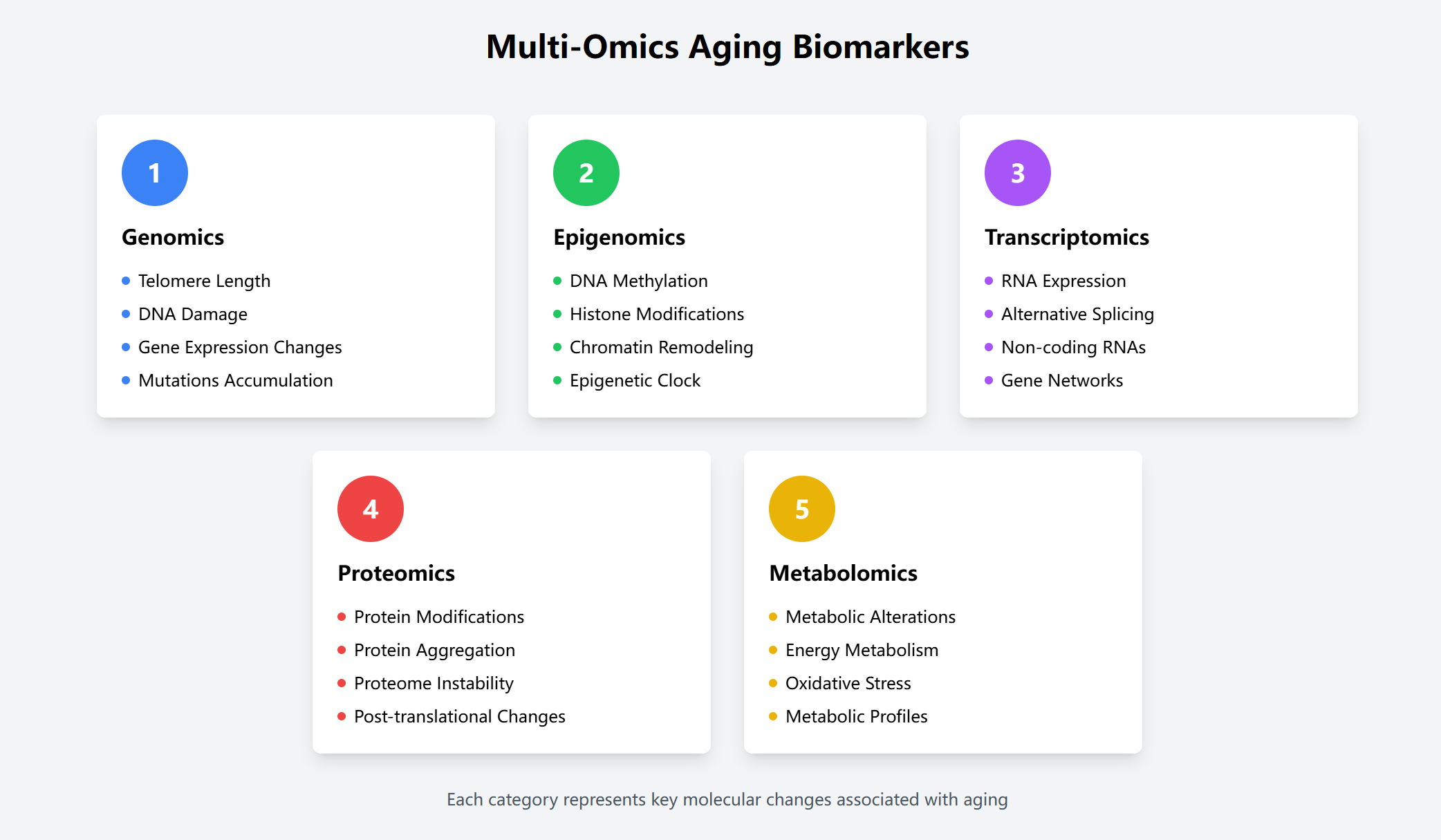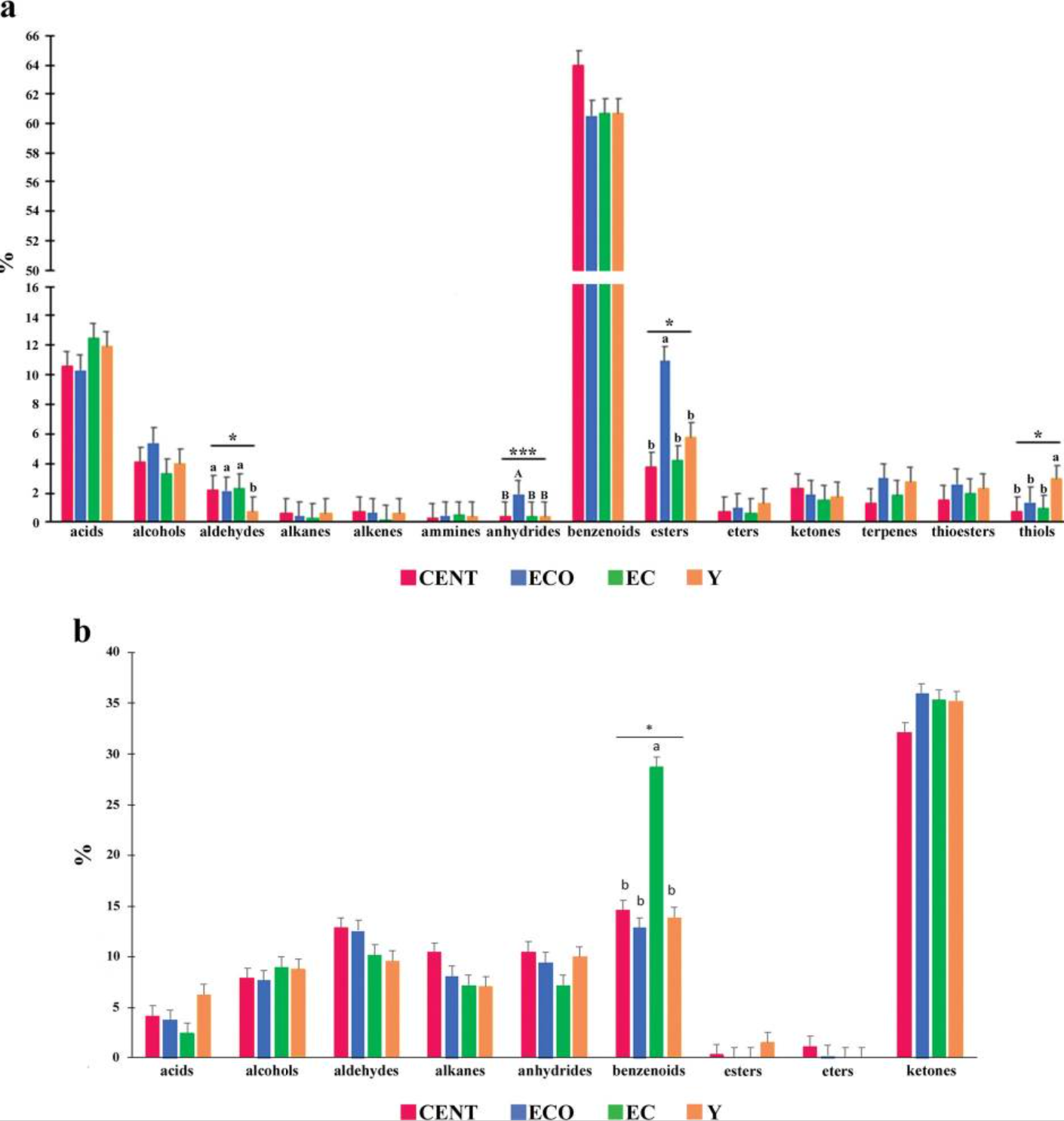The Scent of Longevity: Fecal VOCs as Novel Biomarkers of Aging

The historical tale of King Goujian of Yue, renowned for his perseverance, also includes a lesser-known episode where he famously tasted the feces of the King of Wu. While this anecdote may be exaggerated, it highlights the ancient Chinese’s intriguing connection between bodily substances and health.
Modern science has validated this ancient curiosity. Fecal matter, we now understand, harbors a wealth of metabolic information that reflects an individual’s health status.
A groundbreaking study published in GeroScience revealed that volatile organic compounds (VOCs) present in feces and urine could serve as novel biomarkers of aging. By meticulously analyzing the composition of these VOCs in bodily fluids, researchers were able to accurately differentiate between distinct age groups, including centenarians and young individuals. This significant finding has led to the intriguing concepts of the “smell of longevity” and “odor-fingerprints.”
Any effective anti-aging strategy necessitates a precise assessment of the internal aging process. This crucial “metric” for measuring aging is what scientists refer to as a “biomarker of aging.” A qualified biomarker must fulfill the following criteria :
- Age-dependent consistency: It should exhibit systematic changes with advancing age.
- Reflection of chronological age: It should accurately reflect an individual’s chronological age.
- Indication of aging rate: It should provide insights into the rate at which an individual is aging.
- Lifespan prediction: It should possess predictive capabilities regarding lifespan.
Compared to other biomarkers, VOCs extracted from feces and urine offer several distinct advantages:
- Non-invasive and painless: They can be collected without invasive procedures.
- Multiple sampling: They allow for repeated sampling over short periods.
- Cost-effective: The sampling process is relatively inexpensive.
- Minimal environmental influence: They primarily reflect endogenous individual metabolism and are less susceptible to environmental and dietary influences. *Note: The article does not provide a specific explanation for why these biomarkers are less affected by the environment, but the authors suggest that compared to VOCs in exhaled breath (another potential biomarker for aging and disease), VOCs in excreta are less susceptible to environmental and dietary influences.
So, how exactly do VOCs in feces and urine contribute to age determination and aging detection?
This study involved 73 volunteers, encompassing centenarians, their offspring, same-aged peers of the offspring, and young adults. Researchers meticulously analyzed the distribution of VOCs in their fecal and urinary samples. As anticipated, most centenarians exhibited excellent health, and their offspring demonstrated lower disease rates compared to their age-matched peers, serving as an ideal model for longevity research.
In the fecal samples, researchers identified 110 distinct VOCs, encompassing 14 categories: acids, alcohols, aldehydes, alkanes, alkenes, amines, anhydrides, benzene, esters, ethers, ketones, terpenes, sulfides, and thiols. In urine, 33 types of VOCs were detected, primarily belonging to 9 categories: acids, alcohols, aldehydes, alkanes, anhydrides, benzene, esters, ethers, and ketones. The figure below illustrates the variation in VOC content across different age groups:
The analysis revealed significant differences in VOC composition across the various age groups. Notably, fecal VOCs could effectively differentiate between all four age groups, while urinary VOCs demonstrated limited ability to distinguish between centenarians and their offspring. Furthermore, researchers categorized the VOCs that most strongly correlated with age. For instance, in fecal samples:
- VOCs that effectively distinguished between centenarians/offspring of centenarians and older individuals of the corresponding age group included: formic acid, butyl ester, 4-arene, indole, and 5-methyl.
- VOCs that effectively distinguished between centenarians and their offspring included: methyl butyrate, ethyl butyrate, 2-methylpropyl 3-methylbutyrate, and ethanol.
- VOCs that effectively distinguished young individuals from the other three age groups included: dimethyl trisulfide, indole, and 3-methyl.
However, the study also acknowledged certain limitations. Due to the relatively small sample size, the influence of individual lifestyle factors, such as exercise, smoking, and alcohol consumption, on biomarker levels could not be thoroughly investigated. Moreover, the study did not comprehensively assess the physiological age and disease status of the subjects based solely on fecal and urinary VOCs. More extensive data collection and analysis are necessary to create a more comprehensive and accurate VOC profile.
Therefore, to further advance scientific understanding in this field, broader participation from individuals is crucial.
